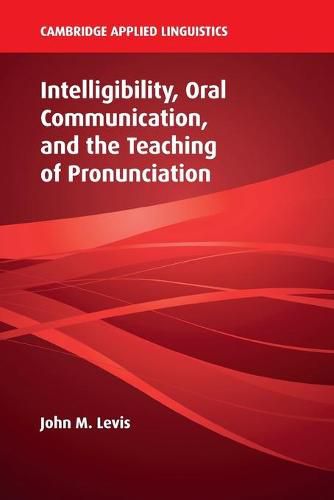A proper understanding of intelligibility is at the heart of effective pronunciation teaching, and with it, successful teaching of speaking and listening. Far from being an optional ‘add-it-on-if-we-have-time’ language feature, pronunciation is essential because of its tremendous impact on speech intelligibility. Pronunciation dramatically affects the ability of language learners to make themselves understood and to understand the speech of others. But not all elements of pronunciation are equally important. Some affect intelligibility a great deal, while others do not. With a strong emphasis on classroom practice and how pronunciation teaching can be more effectively approached in different teaching contexts, this book provides an important resource for pronunciation researchers, with a distinctly practical focus. It shows how intelligibility research informs pronunciation teaching within communicative classrooms, enabling language teachers to incorporate intelligibility findings into their teaching. Professionals interested in oral communication, pronunciation, and speech perception will find the book fascinating.





